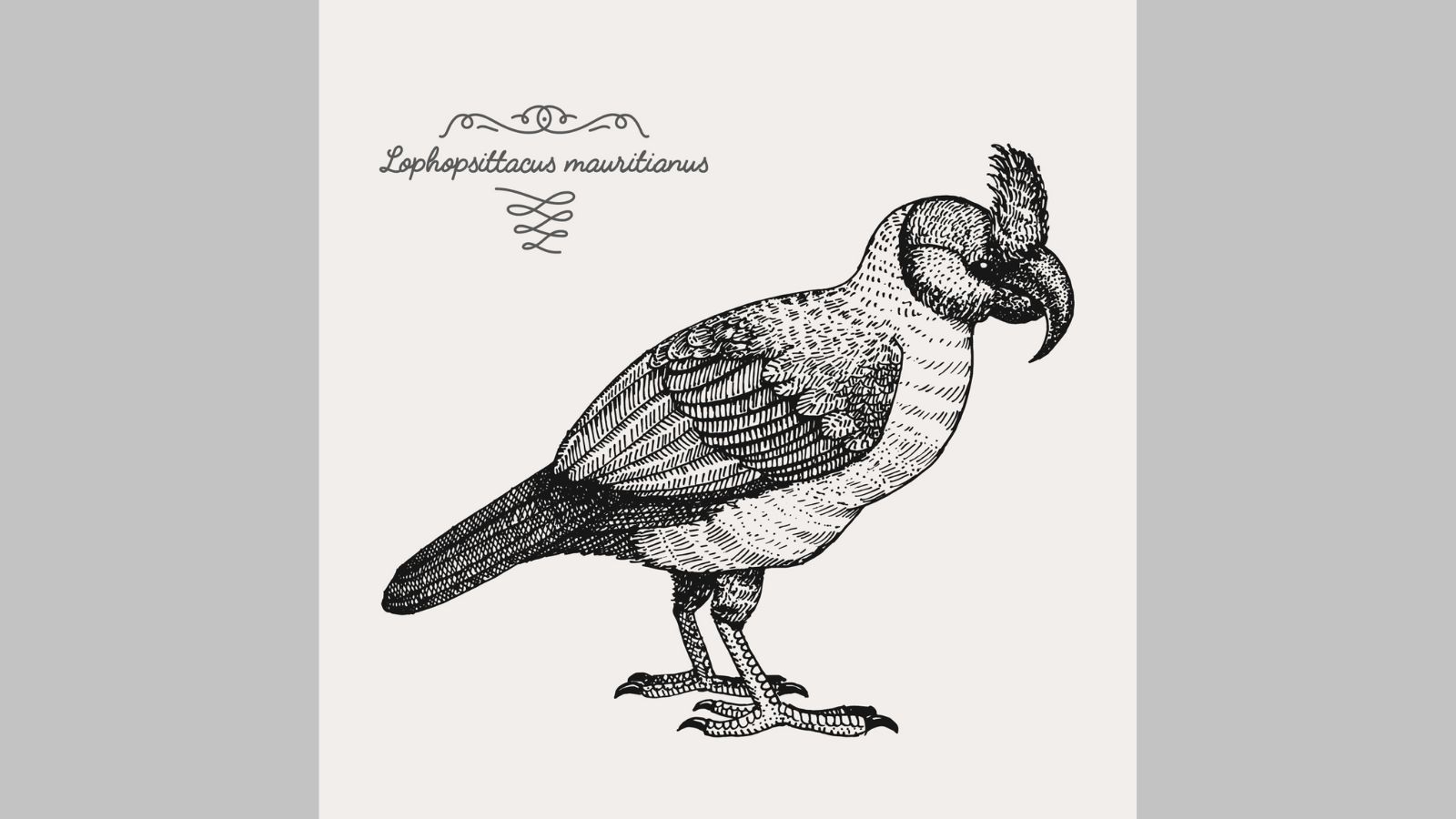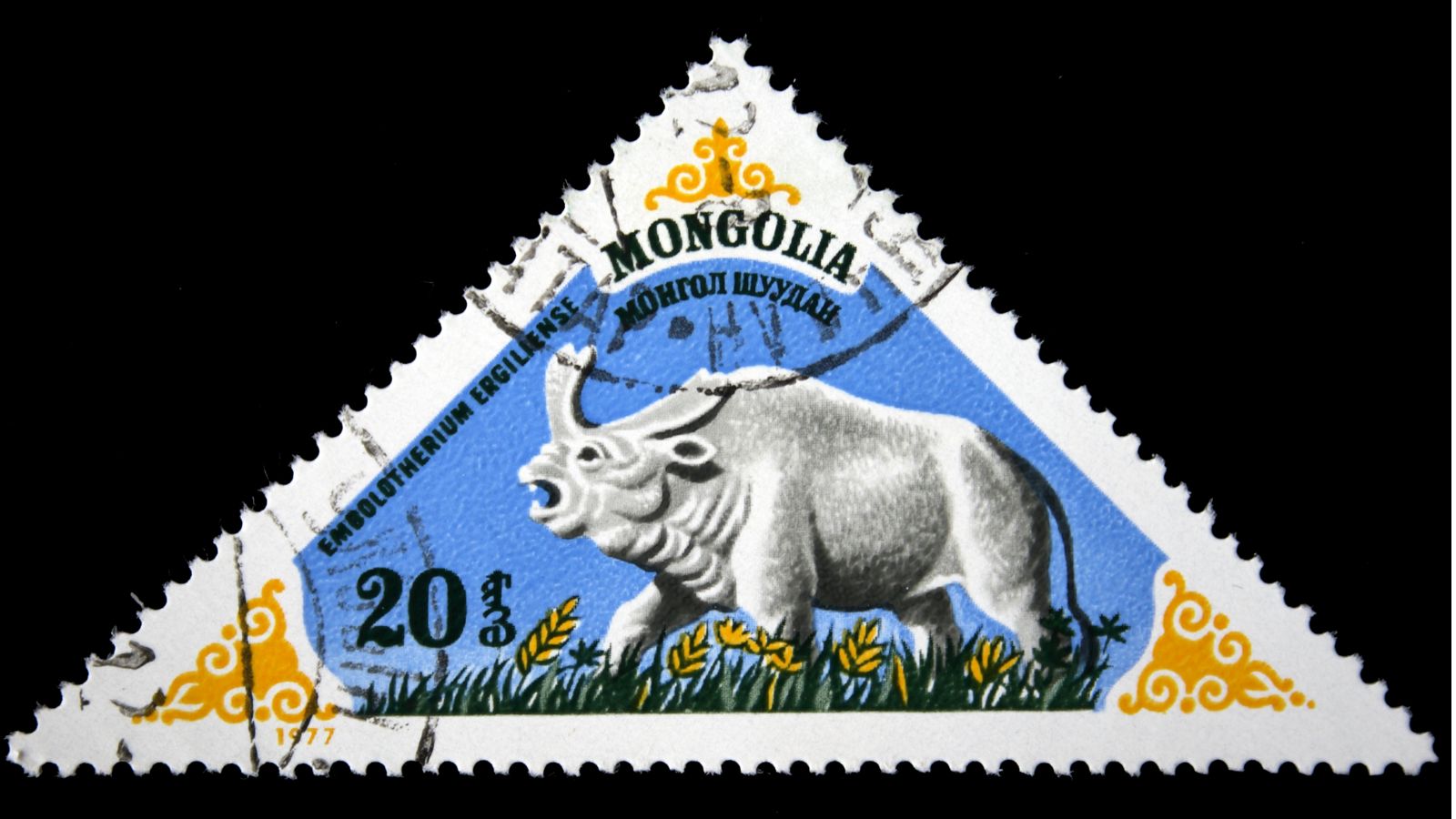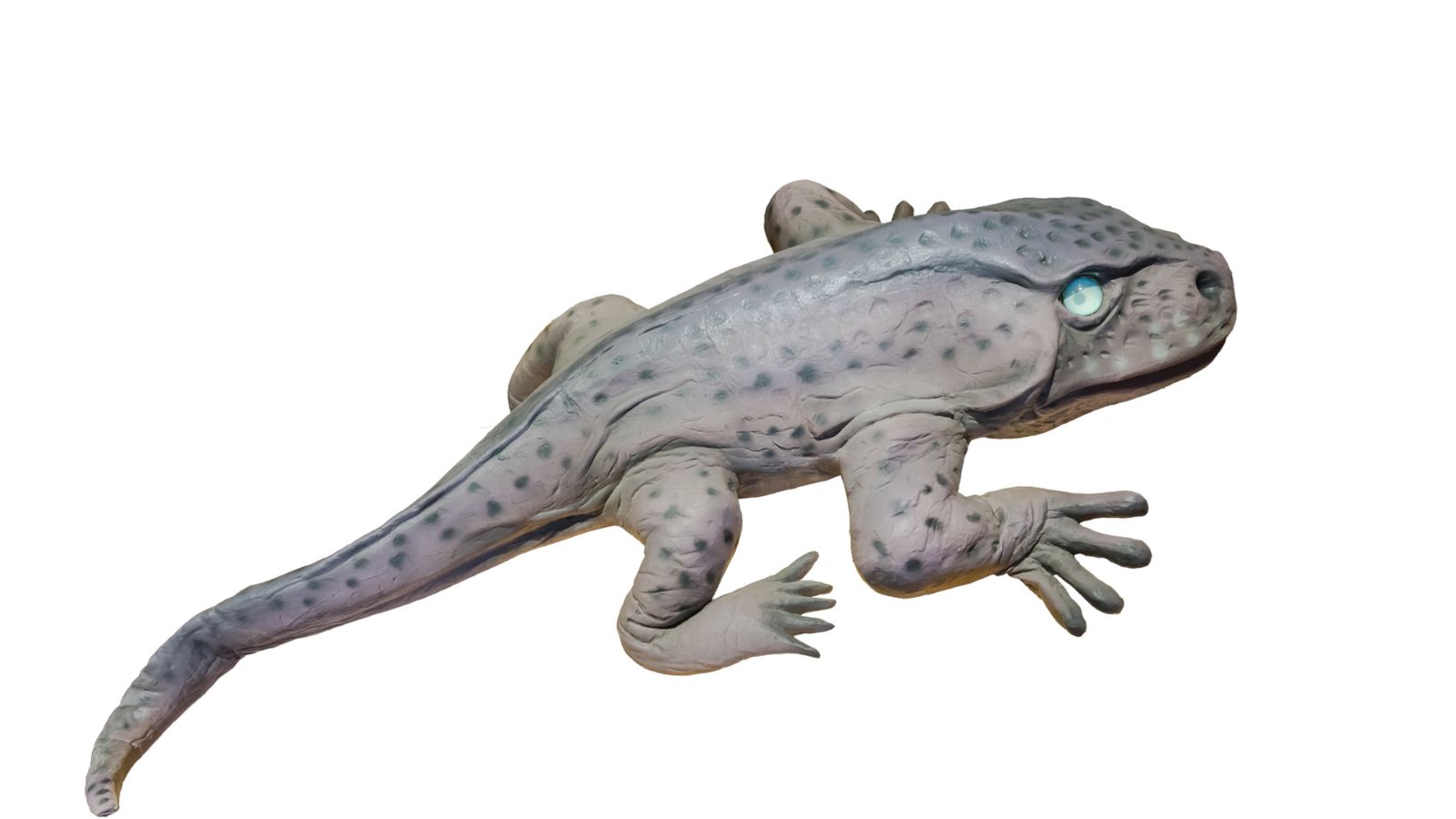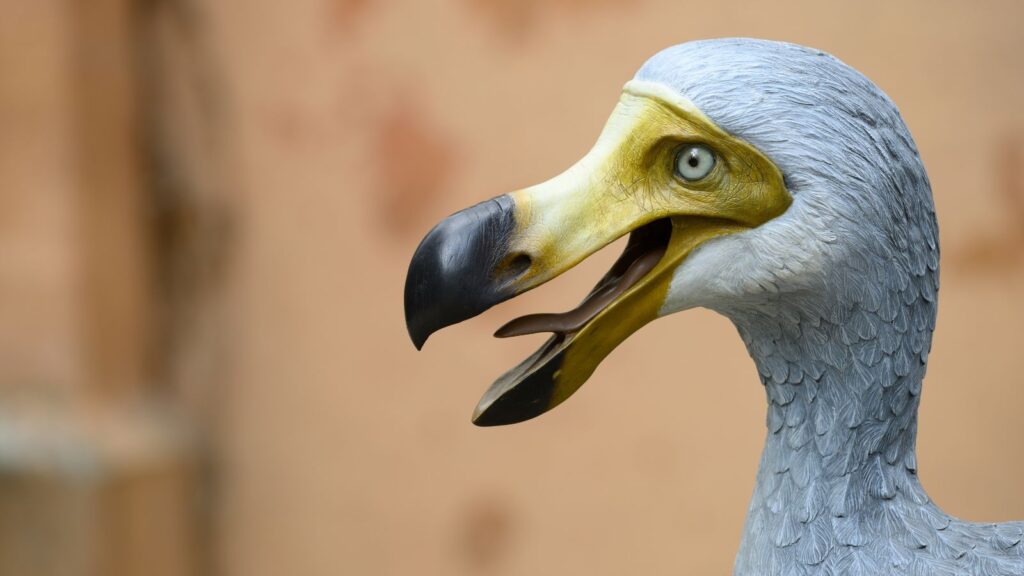It’s unfortunate that some of the most remarkable creatures to have ever roamed the Earth are no longer with us. Though they have vanished, their legacy endures, and we can still marvel at the incredible animals that once existed, and here we take a closer look at some of the most astonishing creatures that have gone extinct.
Dunkleosteus

This powerful prehistoric fish swam in our ocean waters a staggering 350 million years ago and was one of the top predators of its time. The Dunkleosteus has since become famous for its large, armored body and big, powerful jaws.
Broad-Billed Parrot

This large and beautiful bird was native to Mauritius and was known for its distinctly broad break. Sadly, the species died out around the 17th century due to hunting and habitat loss.
Elasmosaurus

The Elasmosaurus was an incredible marine reptile, famous for its impressively long neck and relatively small head. This ocean dweller lived during the Cretaceous period and was part of the Plesiosaur family.
Elasmotherium

The Elasmotherium is sometimes referred to as the “Siberian Unicorn” thanks to its large, prominent horn. This rhino-like creature lived in Eurasian grasslands about 40,000 years ago. According to the Natural History Museum, it’s likely to have lived at the same time as modern humans.
Voay Robustus

Native to Madagascar, the Voay Robustus was a species of crocodile with a notably robust build and large size. We can’t be sure exactly when this mysterious creature went extinct, and only subfossil evidence of its existence remains, but it was likely wiped out as a result of human activities.
Dodo

It’s hard to find anybody who hasn’t heard of this charming little flightless bird. Dodos originated in Mauritius and had no natural predators before humans invaded their safe haven. Sadly, humans took a particular liking to dodo meat, and they were extinct by the 17th century.
Doedicurus

The Doedicurus was a huge glyptodont that went extinct around 11,000 years ago. While it’s part of the armadillo family, it was much larger than any of the species we see today. Native to South America, Doedicurus boasts a huge armored shell and a long, spiked tail.
Embolotherium

The Embolotherium is another mighty beast reminiscent of a modern-day rhinoceros. It lived during the late Eocene to early Oligocene and has become quite well-known for its impressive “battering ram” snout, which it actually did not use as a weapon.
Epidexipteryx

The Epidexipteryx was a tiny non-avian dinosaur that was notable for its distinctive tail feathers. It also features the earliest known example of ornamental feathers, roaming the earth toward the end of the Jurassic period.
Eryops

Britannica states that the Eryops was an early amphibian that lived during the Permian period. Like other amphibians, this ancient creature lived both on land and in water and has become known for its prominent, developed rib cage and stubby limbs.
West African Black Rhinoceros

Next, we want to give a little love to a species that sadly left us less than 20 years ago. The West African Black Rhinoceros was a beautiful subspecies of the black rhino that fell victim to heavy poaching, leading it to be declared extinct in 2011.
Splendid Poison Frog

The Splendid Poison Frog is another species that went extinct fairly recently, with the last known sighting taking place in 1992. Sadly, this charming little creature, known for its striking red color, saw a dramatic population decline due to climate change and fungal diseases.
Tasmanian Tiger

Most of us will have heard of our next entry. The Tasmanian Tiger was a large carnivorous marsupial famous for its large mouth and impressive striking abilities. Native to Australia, the species sadly died out due to hunting, disease, and habitat encroachment.
Zanzibar Leopard

Closing out our list is the Zanzibar Leopard, which was native to a Zanzibar island called Unguja Island. This large carnivore is another species that sadly went extinct due to hunting and habitat loss, with the last confirmed sighting being in the 1980s.







